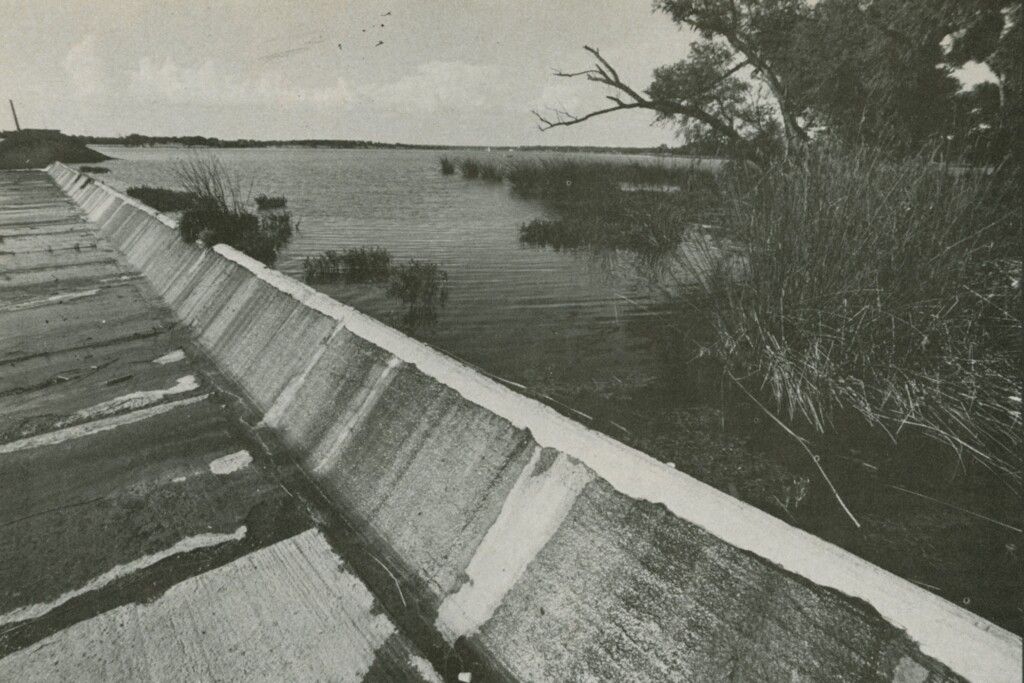In the March issue of D Magazine, Laray Polk wrote a fine piece to mark the 50th anniversary of the death of a dumb idea: turning the Trinity River into a barge canal that would have run from Dallas to Galveston. You should take the time to read it.
A woman named Marilyn Prokup took the time. And she wrote us a letter that created some work for an intern. Here’s what Marilyn wrote:
“Being one of the fortunate Dallasites to have the East Prong of Dixon Branch running through our backyard, the 50-year history of the Trinity River was most interesting and informative. After reading about the perils that beset the Trinity River, our family is celebrating the brave people who fought back the barge canal. This article is only surpassed by the D Magazine October 1979 article ‘Time and a River,’ by David Dillon, which covered the legendary White Rock Creek from prehistory times to present. Please consider reprinting this article because it also shows the value of protecting the Trinity River and the other creeks that are in our area.”
This is one of the reasons I love my job. I’ve worked here more than 20 years and have read nearly every issue of the magazine, going back to its founding in 1974. But I’d somehow overlooked this Dillon story. Having readers so connected to the magazine that they know the archives better than I do is a joy. And a responsibility.
I immediately passed that responsibility to an intern. Marilyn was, of course, correct. For some reason, our online archive doesn’t contain the October 1979 issue. Reagan Mathews to the rescue. She’s a senior journalism student at UNT, and, using the character-recognition function on her iPhone, she had me a digital version of Dillon’s text in about an hour.
Reading the story, it reminded me of the work of John McPhee (whose Rising From the Plains I recently read). Dillon’s prose is beautiful and filled with a deep knowledge about this subject. I will never again drive past the White Rock Lake spillway without thinking about the Native Americans whose bones were discovered there when the lake was being built. Similarly this nugget is now lodged in my brain:
“In the early 1920s the lake had extended as far north as Flag Pole Hill; soon most of this area was covered with 4 to 5 feet of silt. The situation became so critical that in 1937 the city decided that the lake had to be dredged. The Park Department plopped down $21,000 for a special rig, outfitted it, and moved it out to the middle, where a few days later it sank. The crew maintained that the dredge was shoddily constructed; the manufacturer claimed that the crew was drunk and incompetent.”
So to Marilyn Prokup: thank you so much for your letter and for your excellent memory, which, along with our hard-copy archive, will continue to be one of the few places that holds the rest of the October 1979 issue. But, thanks to you (and Reagan), that David Dillon story is now online.
Get the D Brief Newsletter
Author






